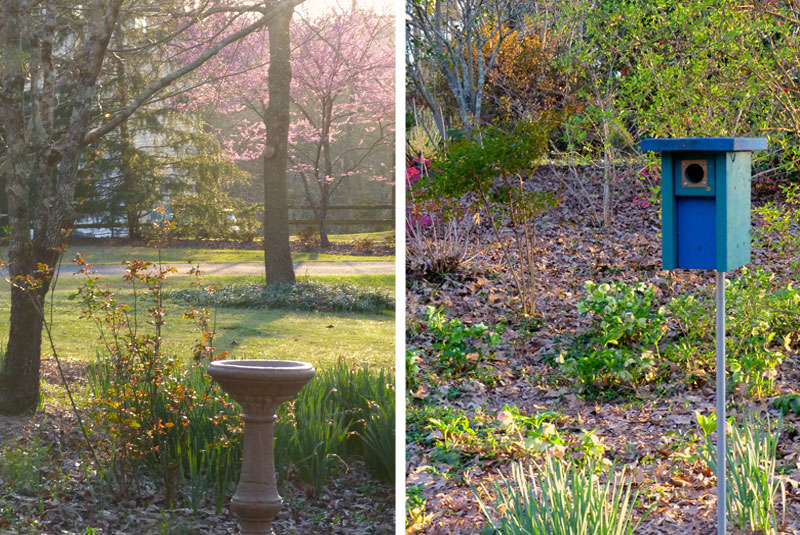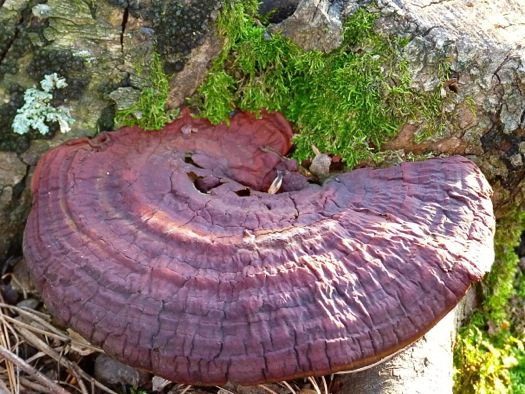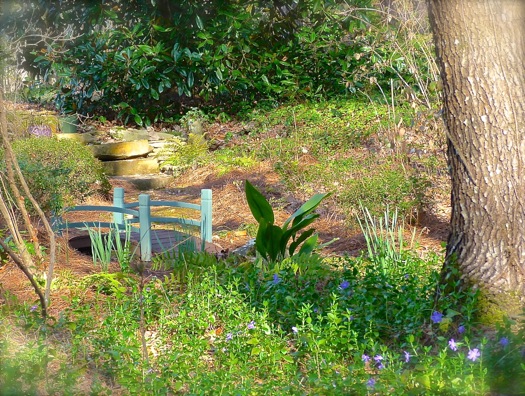What is Low Maintenance Gardening?
 Sunday, February 5, 2017 at 4:30PM
Sunday, February 5, 2017 at 4:30PM Some people would say a low maintenance plant is one that will grow and prosper with no supervision or care. I would say that is probably a weed. All garden plants, like children, require proper nourishment and training. Otherwise they may grow into thugs or else become sickly or even perish.
So even a "low maintenance" plant requires some maintenance. Shrubs and trees, when planted in the right place, generally require less than perennials and annuals. Groundcovers, when planted where their spreading habits are welcome, are also low maintenance. (Groundcovers planted in a garden bed with flowers can become nightmares.)  Hellebores are an early blooming evergreen ground cover whose blooms last for months. I cut back the foliage in late winter as new growth begins. I consider them low maintenance.
Hellebores are an early blooming evergreen ground cover whose blooms last for months. I cut back the foliage in late winter as new growth begins. I consider them low maintenance.
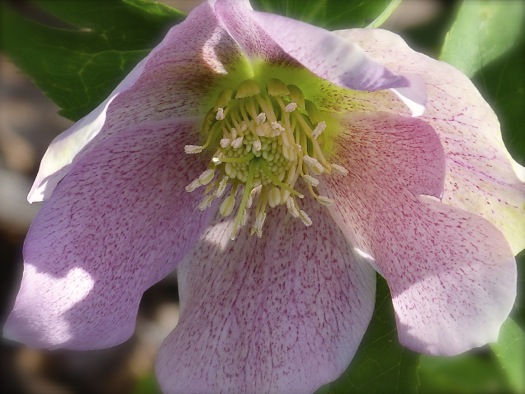

 If a plant needs little other than pruning once a year or less and some fertilizer in the spring, I consider it a low-maintenance plant. An occasional spray with an organic horticultural oil to kill pests, as well as watering in times of drought, is something that just comes with the territory. Mulching around plants in spring to minimize weeds, to conserve soil moisture, and to promote soil fertility is also standard care for all plants.
If a plant needs little other than pruning once a year or less and some fertilizer in the spring, I consider it a low-maintenance plant. An occasional spray with an organic horticultural oil to kill pests, as well as watering in times of drought, is something that just comes with the territory. Mulching around plants in spring to minimize weeds, to conserve soil moisture, and to promote soil fertility is also standard care for all plants.
My low maintenance list includes shrubs such as camellias, chaenomeles, forsythia, spireas, fothergilla, viburnums, edgeworthia, azaleas, dystillium, and many more.  Camellia japonica blooms in my late winter garden.
Camellia japonica blooms in my late winter garden.
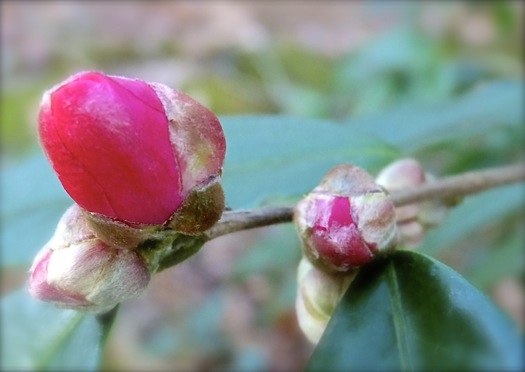 Camellia bud on an old, low maintenance camellia shrub, which delivers hundreds of blooms every year.
Camellia bud on an old, low maintenance camellia shrub, which delivers hundreds of blooms every year.
 Dystillium is a low maintenance evergreen shrub in the woodland garden.
Dystillium is a low maintenance evergreen shrub in the woodland garden.
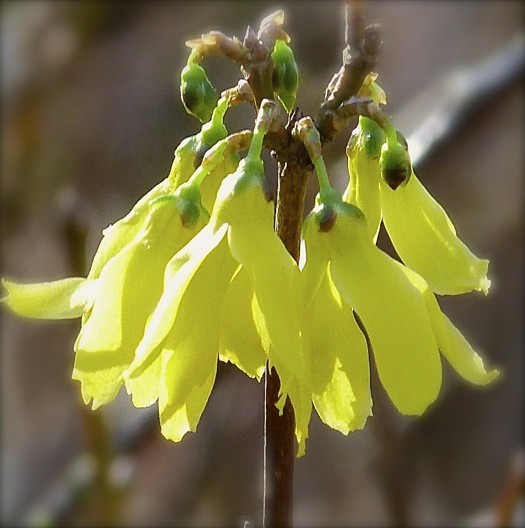 Forsythia is another low maintenance shrub with early blooms.My low maintenance list does not include roses. Even though most of my roses are easy-care varieties such as knock-out and drift roses, they do require some spraying to minimize disease and more pruning and fertilizing through the season. My yaupon hollies are extremely durable, and I have never fertilized them; I would almost call them low maintenance, except that they require pruning in late winter and late summer to maintain their size and shape.
Forsythia is another low maintenance shrub with early blooms.My low maintenance list does not include roses. Even though most of my roses are easy-care varieties such as knock-out and drift roses, they do require some spraying to minimize disease and more pruning and fertilizing through the season. My yaupon hollies are extremely durable, and I have never fertilized them; I would almost call them low maintenance, except that they require pruning in late winter and late summer to maintain their size and shape.
Annuals, perennials, and vegetables are not low maintenance. Most require regular fertilizing, dead-heading or pinching back, and spraying for disease and bugs. Did I mention weeding? Plants in pots require more watering. I have some of all of these, but only as accessories. Flowering shrubs and trees are the backbones of my huge garden; while many of my plants are low maintenance, I would not call my garden that, because of the size of it. You should plant a garden only as large as you have time and energy to maintain. Autumn fern in the foreground and Camellia japonica 'Gunsmoke' in the background are low maintenance plants in the woodland garden.
Autumn fern in the foreground and Camellia japonica 'Gunsmoke' in the background are low maintenance plants in the woodland garden.
I love gardening. For me, garden maintenance is about maintaining my own well being. The lessons of birth and death and rebirth, and all the forces in-between, are revealed in a garden. The spiritual power at work in a garden can comfort a broken mind or refresh a tired body. I don't mind the maintenance.


